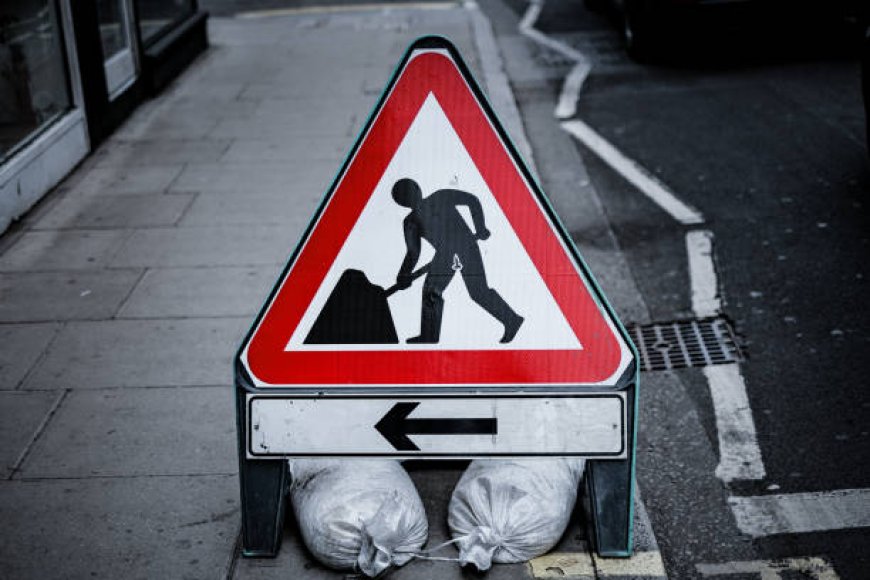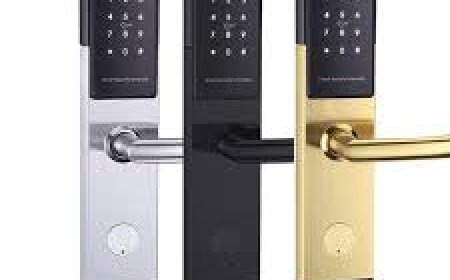How Workplace Icons Communicate Risk Without Words?
Discover how workplace icons use shapes, colors, and visuals to warn about risks and promote safety—without needing a single word.

In many busy workplaces across the United States, workers often face dangerous situations. These places can be loud, fast-moving, or full of large equipment. In these environments, quick understanding can save lives. Thats where icons come in. Icons are pictures that send a message. They dont use words, but they say something important. These images help people know what to do, even without reading anything.
Why Icons Matter More Than Words
Sometimes, workers dont have time to stop and read. They might be rushing to fix a machine or help someone. But a clear picture can catch their eye. A picture of a person wearing safety glasses or a bright red circle with a slash through it tells them something fast.
Icons help when people speak different languages, too. Not everyone reads English well, but a picture works for everyone. Thats why companies use icons in signs around machines, doors, exits, and work areas.
Colors and Shapes That Speak Clearly
Icons use colors and shapes smartly. Red usually means danger. Yellow shows a warning. Green points to safe places like exits or first aid. Blue means something you must do, like wearing gloves or earplugs.
Shapes also help send the message. Triangles mean warning, circles give instructions, and squares often provide information. These shapes and colors make it easy for workers to understand a message quickly.
The Role of Hazard Signs in High-Risk Areas
In some areas, there are very serious dangers. These are places where chemicals, electricity, or large machines are used. Here, youll often see a hazard sign posted on the wall or machine. These signs warn workers about the specific risk in that area.
A hazard sign might have a skull for poison, a flame for fire danger, or a lightning bolt for electrical shock. These pictures help workers stay alert and make the right choices to avoid injury. Just one quick glance can make a big difference.
How Icons Help Keep Everyone Safe
Think about a worker walking near a wet floor. They may be carrying tools or moving fast. If they see a yellow sign with a person slipping on it, they stop or walk around. Thats the power of a picture.
In another case, a worker near loud machines might see a blue image of headphones. This icon tells them to protect their ears before proceeding. These small moments help prevent accidents.
Learning What the Symbols Mean
Its not enough to just hang signs on the wall. People need to learn what each symbol means. Thats why safety meetings are important. During these meetings, trainers explain every picture, walk through the work area, and show real examples.
When workers understand the icons, they dont just see shapes and colours, they know what action to take. They wear helmets, step away from danger, or follow the right path. Learning the meaning makes the workplace safer for everyone.
How Safety Signs and Symbols Work Together
Pictures by themselves are helpful, but when you group them with other tools, they become even more powerful. Thats the job of safety signs and symbols. They are placed all around a job site to guide workers.
For example, a green icon might show a safe exit. A red sign with a fire extinguisher symbol shows where to find help during a fire. A yellow triangle warns about a sharp tool or hot surface. These visual tools create a strong system that protects workers from danger.
Final Thoughts: Icons That Keep Us Safe
Workplace safety depends on fast, clear messages. Icons do that without using any words. They use simple pictures, strong colors, and smart shapes to talk directly to the eyes. They help every worker, no matter their age, language, or skill level, know what to do next.
By learning and respecting the icons around them, workers avoid danger, protect themselves, and help others do the same. In the end, these small images help build safer jobs and safer lives, without saying a word.



































